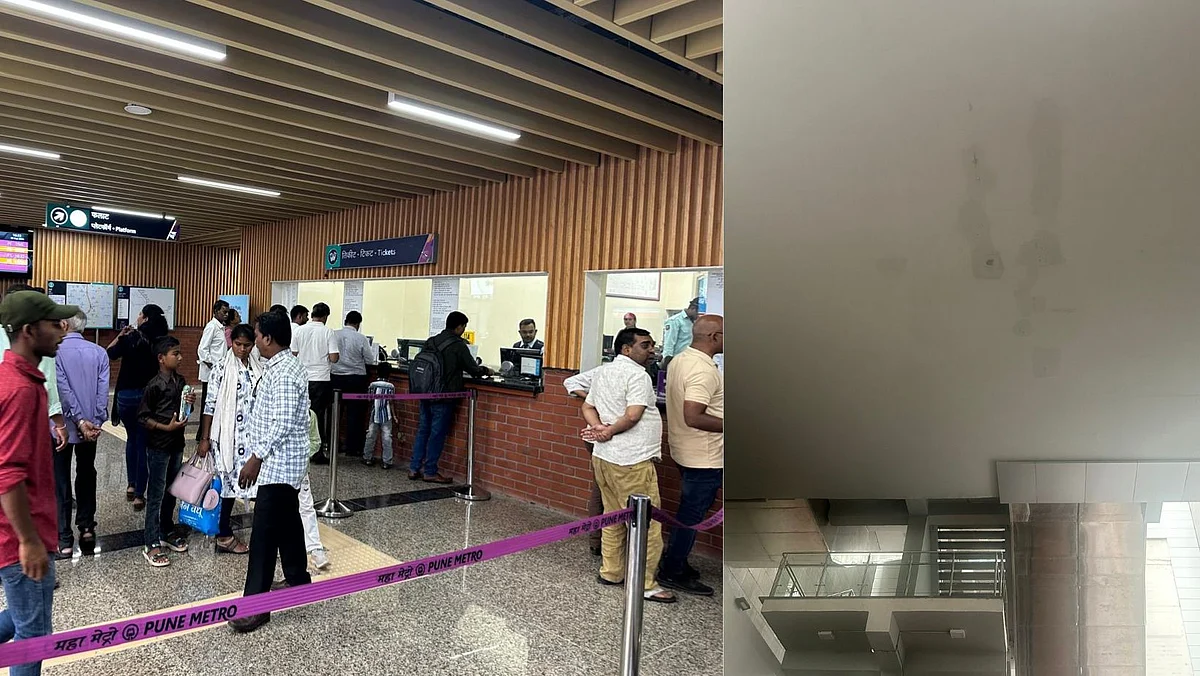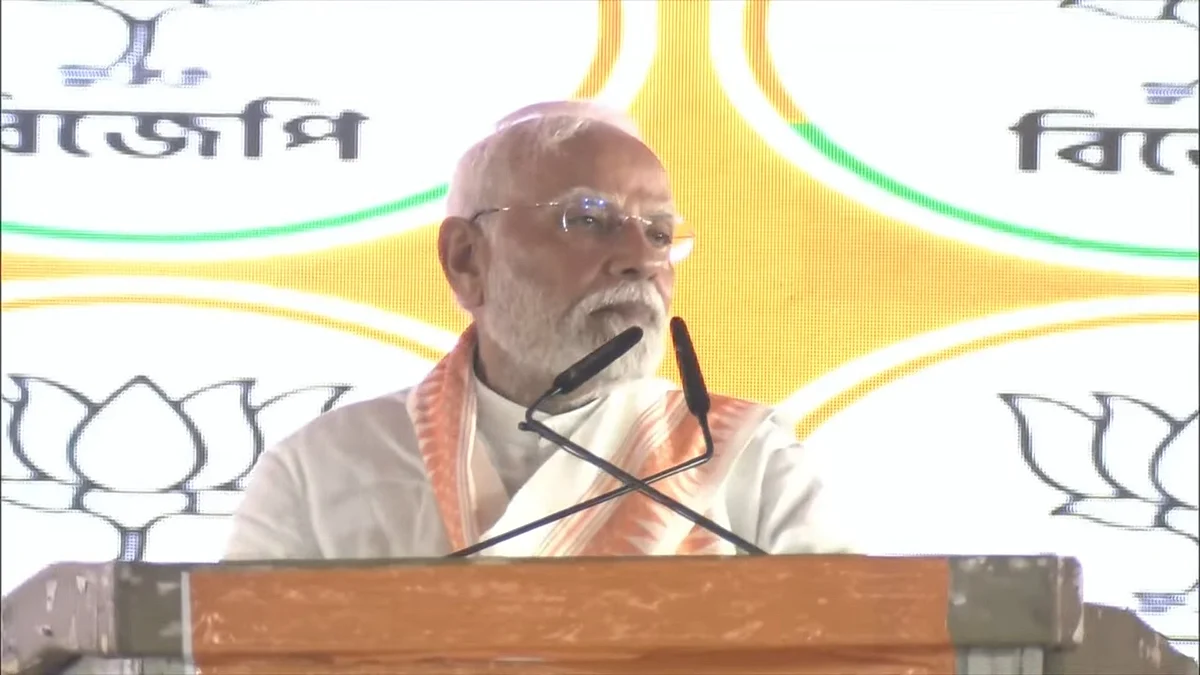“Lucknow: The City of Heritage and Culture”
Author: Vipul Varshney .
Photographs: Ajaish Jaiswal
Published: 2017
ISBN No: 978-93-85285-52-3
Pages: 280
Publisher: Niyogi Books
Price: 2500
Lucknow: The City of Heritage and Culture is a celebration of the splendour of the city of palaces, gardens and popularly called the city of Nawabs. The nostalgic photographic journey of the city known for its cultural heterogeneity, architectural grandeur and evolved aesthetic sensibility is a perfect introduction to the city considered an epitome of beauty. Defining its well-known tehzeeb through its historical monuments, relics, secular and religious institutions and Awadhi cuisine the book brings alive the city’s character and its traditional spirit. This coffee table book is an enriching experience of the city’s culture. Its historical reconstruction of the city explains its complex nature that may help us understand the city as we know it today.
Beginning with the history of the city that dates back to the era of Ramayana, to the flourishing medieval city of the nawabs and the modern city of the British Empire, the book explains that the “real” Lucknow cannot be identified exclusively through a particular rule . The book claims to capture the collective forces of history, its people, its streets, alleys, visitors, marketplaces, poets, embroidery craftsmen, tongawalas, restaurants, its inhabitants and visitors all make the city a dynamic space, yet, always historically affected. It does so by adopting the format of the heritage tours one could take while visiting Lucknow. It provides details of places to be seen on each route with a map(at the end) and thus literally intends to take the reader on guided tour walks. The heritage routes identified are Hussainabad, Nandan Mahal, Suraj Kund, The Residency, Aminabad, Talkotora, Alambagh, Charbagh, Kaiserbaug, Hazratganj, Shar Najaf, Sikander bagh and Khursheed Manzil, Chattar Manzil, La Martiniere, Dilkhusha, Temples, Bakshi ka Talab, and Kakori Shariff and Kala Imambara.
The long and panoramic photographs of the architecture of Hussainabad, Tilli Wadi Masjid, Naubat khana, Bada Imambara Complex, Shahi Baoli, Rumi Darwaza, famous Lucknow’s Jama Masjid, Kudia Ghat, Baradari, Satkhanda and Chotta Imambara are visual treat as they bring alive the confluence of architecture and tradition. Each are described in detail along with their historical significance, fables associated with it, site plans, details of the structure, architecture, design, arches, columns, ornamentation that bring alive the courtly lifestyle and the glory of the bygone era. The significance of the chowk area, bazaars like Hazratganj, details of the akbaru darwaza (that gives access to the chowk), Baan Wali gali that has inspired poets, musicians, actors and activists, Katari tola ki haveli, the legacy of knowledge and spirituality of Firangi Mahal, Tehsin Masjid and the exotic Nepali Kothi present an amazing display of harmony and heterogeneity as structurers across different times and living cultures display perfect symphony and cohere to form what we famously know as the Nawabi culture. The unbeatable culinary culture of Awadh also forms an important part of Lucknowi culture and rightly finds special description in the book. What adds to the nostalgia and the fascinating journey is navigating through the intangible arts of Awadh. From explaining the painful legacy of the courtesans of Lucknow the book illustrates the tradition of sports such as kabootar baazi, patang baazi, bird and animal fights that may sound barbaric for the contemporary times, but at the time of British domination these sports replaced the martial arts. Famous for its literary legacy, Bait bazi, Afsana Goi and calligraphy find a special mention as well as illustrated versions of the works like Naqqashi and Chikankari. The inheritance of Dargahs, Kunds, Tombs of Ibrahim Chisti, Saadat Ali Khan (to name a few) Khamba, Charbagh railway station, the baughs, Residency building, the cemetery, bazaars, talaabs, diverse in their significance and architecture defy all homogeneous cultural understandings. The book also includes the sites of struggle and activism such as Peoples coffee House, museum (significant for the first war of independence), Kakori Sharif (known for Kakori conspiracy during independence struggle) to name a few.
The book surely makes a good collection of the pictorial history of the city considered an epitome of politics, culture and art; yet it does not sufficiently engage with the twilight of its existence. The introduction mentions the existence of the old and the new Lucknow that co-exists, the old providing a historically embedded consciousness to the new. Yet, it does not sufficiently capture or even allude to the lived Lucknow of today. The Nawabi culture, Lucknowi tehzeeb, the glory of its music and arts, political activism surely seem distant past with its presence limited to heritage tours. While heritage tours are the best way to keep the history alive, very often they fail to communicate heritage as a conglomerate entity which requires coalescence of all the cultures to effectively convey the amalgamated heritage of the place. The book makes an attempt (through associations of currently practiced festivals at heritage sites) but fails to sufficiently explain the same as they present the sites as “frozen in time”. The present approach roads, its surroundings, craftsmen shops, roadside food eateries around it (not kababs but momos and dumplings, local business and daily hustle bustle donot form the backdrop of the pictorial journey; thus the disconnect with the contemporary. The urban space dynamics of Lucknow is in a sense fluid where the population has been evolving with time, altering the architecture and space to cater to its ever changing needs. In a poet’s words “…Like a tomb of dead magnificence, like some widow’s forbearance, propping up a canopy of sad Awadh twilights atop domes turned rickety, Like a courtesan’s song and sway, each tomorrow like yesterday, Lucknow, like a hunched nawab, bowed, like courtesies and greetings bestowed, amidst ruins, the lament of some princess echoed, like delicacies embroidered on a delicate dress, the city’s frail finesse, like quawali-singing poise to entice some fickle head in the decadent graces of princely stead…This is Lucknow, Sir, ours and yours.” Such a consideration is equally important to understand the organismic nature of the city for the study of local culture and the betterment of local community.










